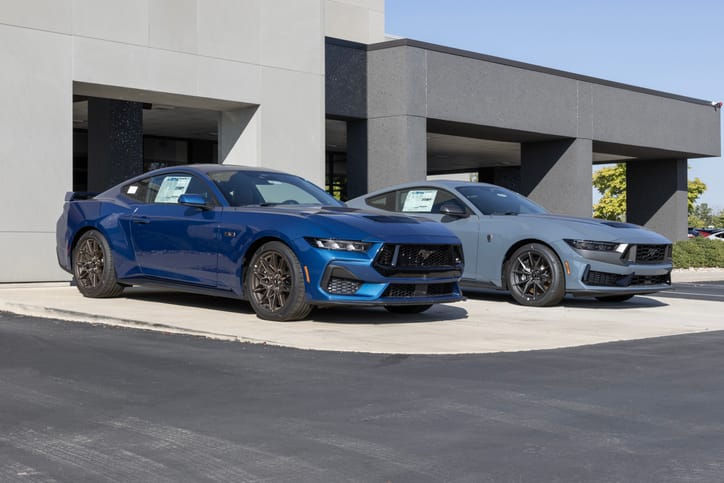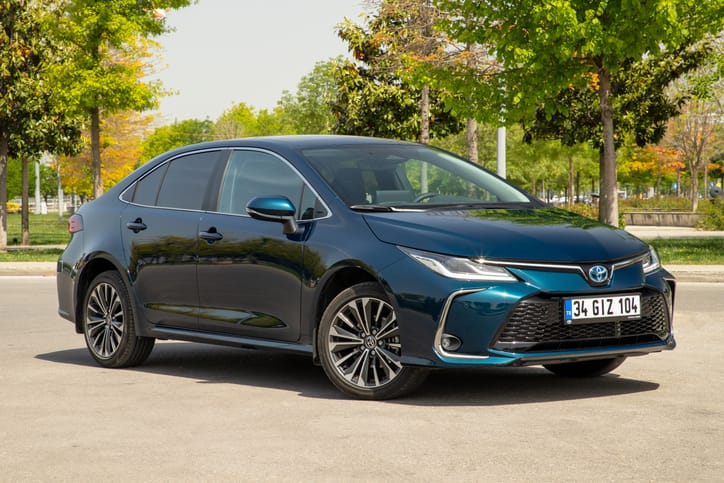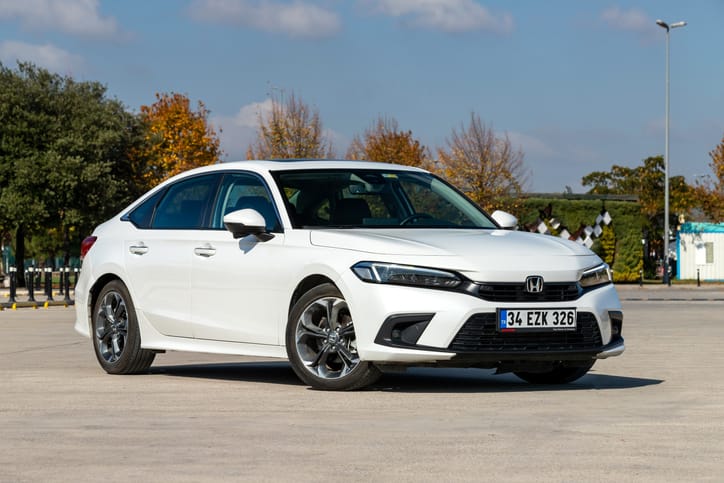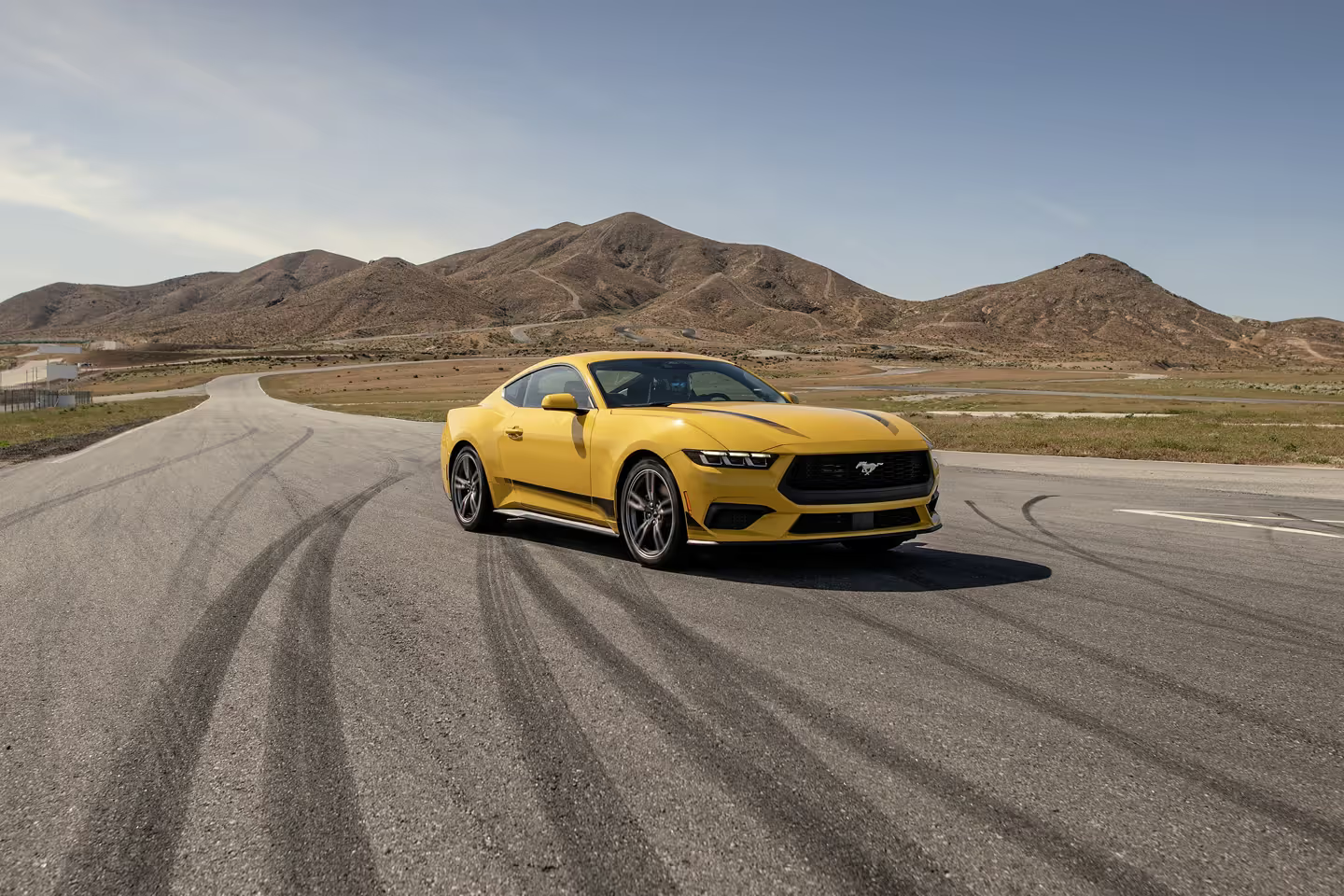Fuel Economy vs. Performance: Striking the Balance

For car enthusiasts, the age-old debate between fuel economy and performance continues to rage on. On one hand, drivers crave the thrill of acceleration and handling prowess. On the other hand, rising gas prices and environmental concerns push us towards efficiency. But what if you didn't have to choose? Thankfully, advancements in automotive technology are making it increasingly possible to achieve a satisfying balance between these two seemingly opposing forces.
Understanding the Trade-Off
Let's delve into the factors that influence both fuel economy and performance:
- Engine Power: Larger, more powerful engines naturally guzzle more fuel to generate the desired horsepower and torque. Conversely, smaller, less powerful engines consume less fuel but may lack the exhilarating acceleration some drivers crave.
- Transmission: Automatic transmissions typically offer lower fuel economy compared to manuals due to added weight and energy loss. However, modern automatics are becoming more efficient with features like multi-gears and lock-up torque converters.
- Weight: Lighter vehicles require less energy to move, leading to better fuel economy. Conversely, heavier vehicles with luxurious amenities or advanced safety features tend to be less fuel-efficient.
- Aerodynamics: A car's shape plays a crucial role in fuel efficiency. A sleek, aerodynamic design reduces wind resistance, allowing the car to travel farther with less fuel. Conversely, boxy or SUV designs create more drag, impacting fuel economy.
Technology Bridging the Gap
The good news is that advancements in automotive technology are blurring the lines between fuel economy and performance. Here are some key examples:
- Turbochargers and Superchargers: These forced induction systems compress air into the engine, allowing for more power without significantly increasing engine size. This translates to impressive performance without sacrificing fuel efficiency, especially when combined with smaller, more efficient engines.
- Direct Injection: By injecting fuel directly into the cylinder instead of the intake manifold, direct injection ensures a more precise fuel mixture, leading to better fuel economy and improved power output.
- Electric Vehicles (EVs) and Hybrids: EVs offer the ultimate fuel efficiency, running solely on electricity. Hybrids combine an electric motor with a gasoline engine, providing both efficiency and power depending on driving conditions. Plug-in hybrids (PHEVs) offer even greater efficiency as they can be charged externally, extending their electric range.
Examples of Balanced Performance and Efficiency
Several car models demonstrate the successful marriage of fuel economy and performance:
- Toyota Corolla Hybrid: This popular compact sedan offers excellent fuel economy (up to 53 mpg combined) while still delivering a comfortable and responsive driving experience. The hybrid system seamlessly blends electric power with a gasoline engine, optimizing efficiency without sacrificing practicality.

- Honda Civic Si: This sporty variant of the popular Civic strikes a fantastic balance. It boasts a turbocharged engine for exhilarating performance while maintaining respectable fuel economy (up to 33 mpg combined). It satisfies the driving enthusiast without breaking the bank at the pump.

- Ford Mustang EcoBoost: This iconic muscle car proves performance doesn't have to come at the expense of fuel efficiency. The EcoBoost variant utilizes a smaller, turbocharged engine that delivers impressive power while achieving decent fuel economy (up to 31 mpg combined).

Making the Right Choice for You
Choosing the perfect balance between fuel economy and performance depends on your individual needs and priorities. Consider the following factors:
- Driving Habits: If your commute involves mostly highway driving, fuel efficiency may be a bigger concern. Conversely, city driving with frequent stops and starts might benefit from a peppier engine.
- Passenger and Cargo Needs: If you regularly transport passengers or cargo, a larger, more powerful vehicle might be necessary, even if it comes at the expense of fuel economy.
- Budget: Fuel-efficient vehicles often come with a higher initial price tag. However, the long-term savings on gas can offset the cost difference.
The Road Ahead: A Future of Efficiency with a Performance Edge
The automotive industry is constantly evolving, with a focus on developing even more efficient and powerful engines. We can expect to see further advancements in:
- Battery Technology: As battery technology improves, electric vehicles will offer longer ranges and faster charging times, making them even more appealing to a wider range of drivers.
- Lightweight Materials: The use of lightweight materials like carbon fiber can significantly reduce vehicle weight, leading to better fuel economy without compromising performance.
- Artificial Intelligence (AI): AI-powered engine management systems can optimize fuel delivery and engine performance in real-time, further improving efficiency without sacrificing power.
The future of driving promises a world where fuel economy and performance are not mutually exclusive. With continued technological advancements, drivers will have access to a wider range of vehicles that offer exhilarating performance while remaining kind to the environment and your wallet.
